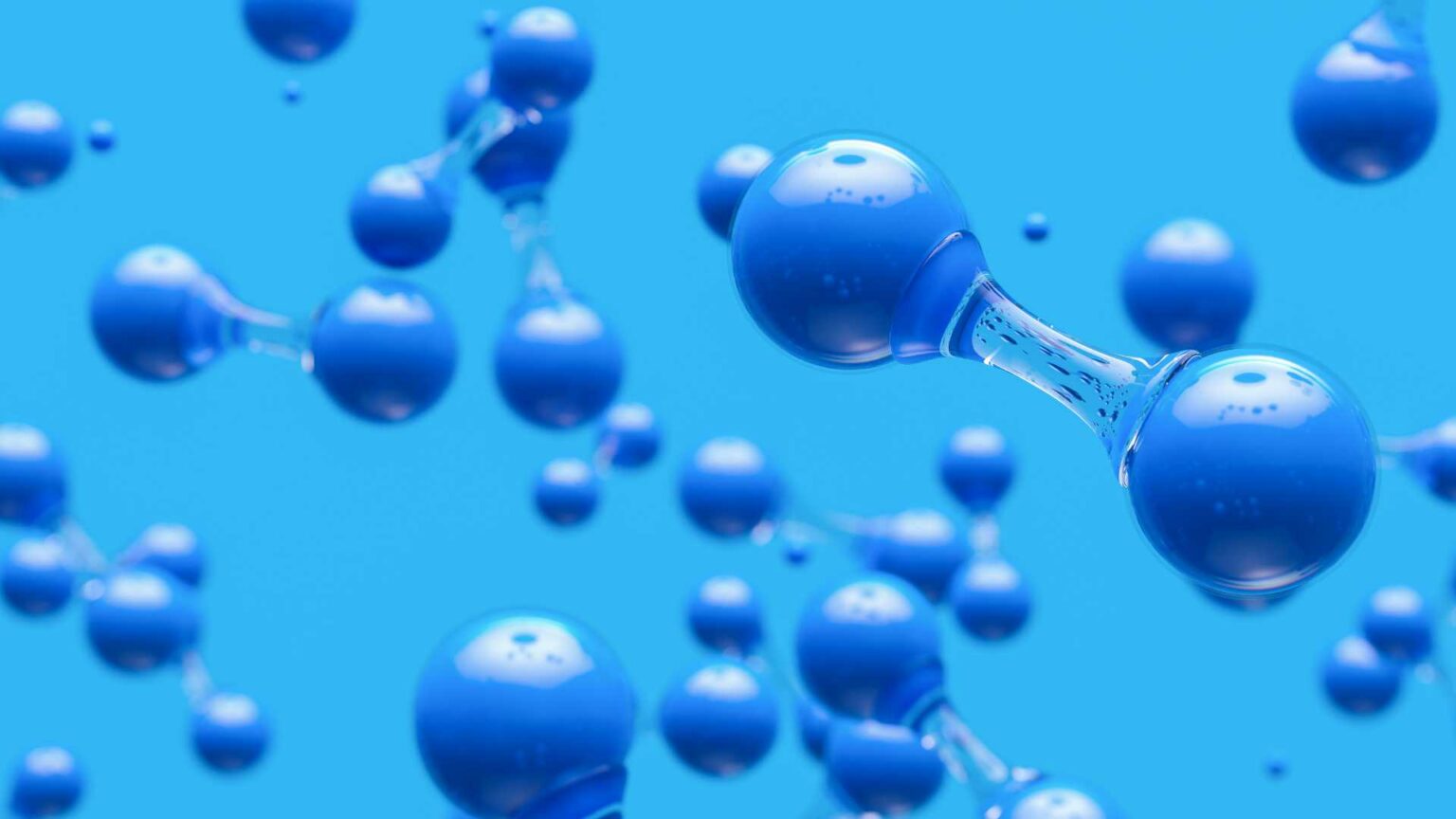Durability and operational efficiency of proton exchange membrane fuel cells (PEMFCs) are fundamental issues in the push towards their large-scale commercialization.
With the U.S. Department of Energy pinpointing the operational life of a PEMFC as the duration until the device’s power output declines to 90% of its rated capacity, the need to manage power losses is undeniable. Among the multiple causes of voltage loss in PEMFCs, ohmic polarization emerges as a significant factor, driven by the internal resistance within the fuel cell’s architecture.
The complexity of PEMFC internal resistance—comprising both the volume resistance of components like the gas diffusion layer (GDL), microporous layer (MPL), catalyst layer (CL), and the proton exchange membrane (PEM), as well as the electrical contact resistances (ECRs) between these components—plays a crucial role. Researchers have determined that at standard operating conditions (such as 0.7 V), reducing the internal resistance by 0.05 Ω cm−2 can enhance current density by approximately 0.116 A cm−2, an insight that underscores the importance of minimizing resistance to optimize performance.
To delve deeper into this, a recent experimental analysis focused on measuring the effective electrical conductivities (EECs) and ECRs across PEMFC components using a combination of the four-probe and two-thickness methods. Crucially, these measurements highlight that changes in pressure applied to the cells—from 0.25 MPa to 2 MPa—result in an increase of EECs by over 11.8% and a decrease in ECRs by more than 26%. Such changes are indicative of the sensitivity of EEC and ECR to mechanical compression, a factor that could play a significant role in fuel cell stack design.
The study also explored how the treatment of components, such as applying polytetrafluoroethylene (PTFE) to the GDL, influences electrical parameters. The results showed a reduction in EEC by more than 17.1% and an increase in ECR by over 14.8%, revealing PTFE’s impact on electrical performance—a crucial consideration since PTFE is often used for improving water management in these cells. In a stark contextual shift, increasing platinum loading on the catalyst layer enhances its EEC by more than 13.4% and reduces the ECR by over 11.5%, bringing to light the balancing act between material costs and performance enhancements.
Particularly noteworthy is the ECR between the GDL and copper electrode, which constitutes over 30.1% of the total resistance. Meanwhile, the bulk resistance of the MPL accounts for more than 41.7%, shedding light on the diverse contributions to overall resistance. This clear delineation of resistance by component propels the dialogue concerning material optimization and interface engineering within PEMFC systems.
The use of the two-thickness method, as opposed to the more traditional stacked film method, distinguishes this study. The innovative approach used in the resistance separation demonstrates its potential in offering more precise ECR measurements, a critical step for furthering our understanding of PEMFC efficiency and durability. This insight could potentially shift industry practices towards more nuanced resistivity analyses, enabling the design of cells that maximize energy output while prolonging operational life.
Stay updated on the latest in energy! Follow us on LinkedIn, Facebook, and X for real-time news and insights. Don’t miss out on exclusive interviews and webinars—subscribe to our YouTube channel today! Join our community and be part of the conversation shaping the future of energy.
